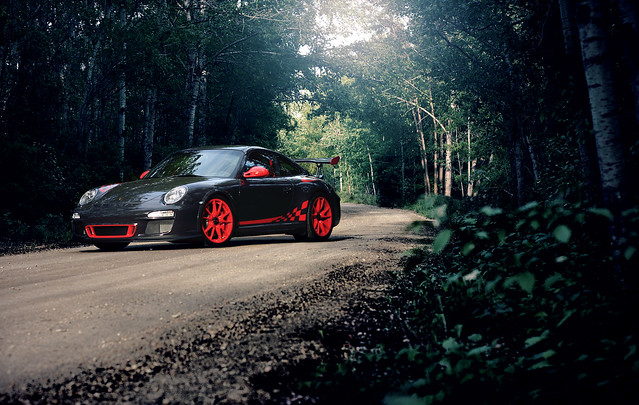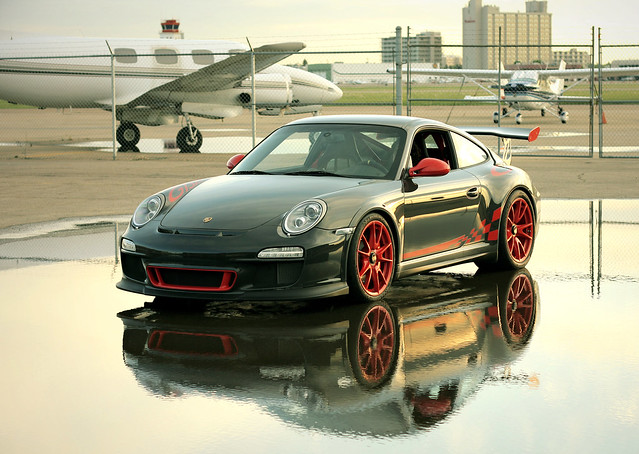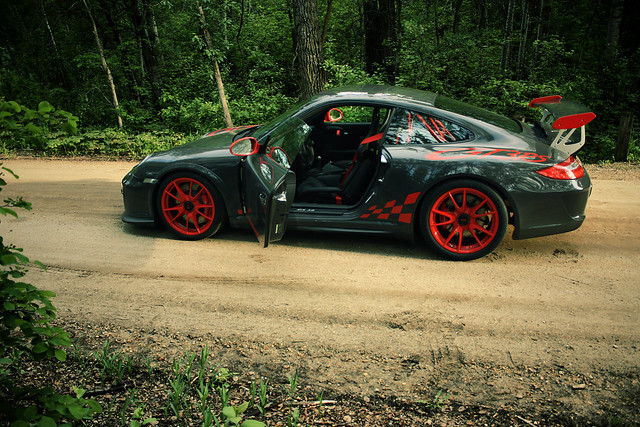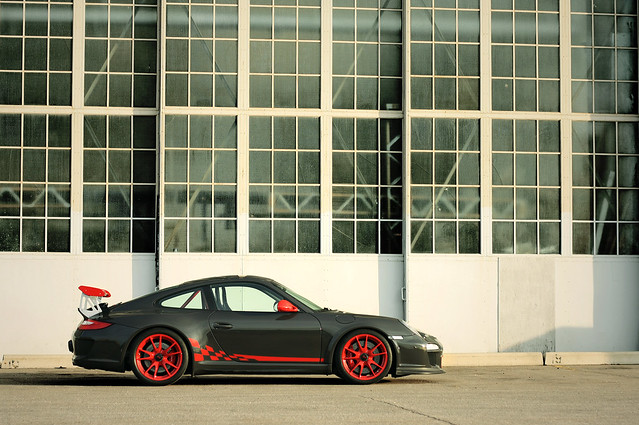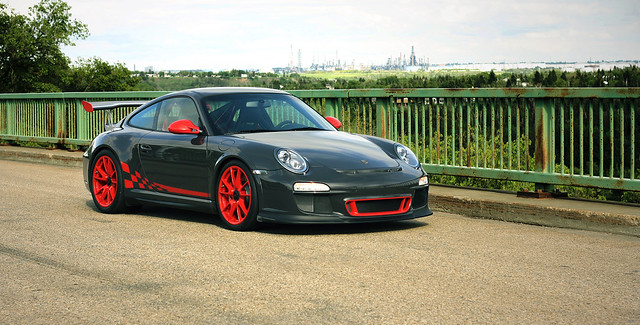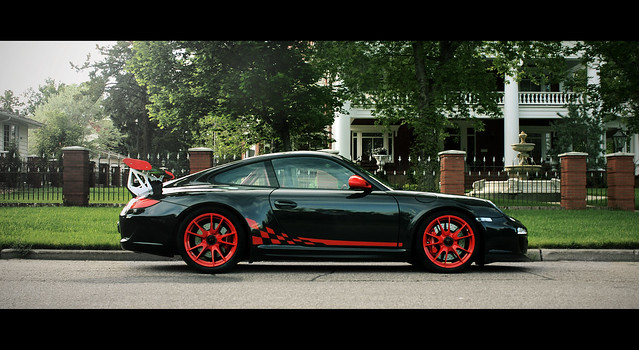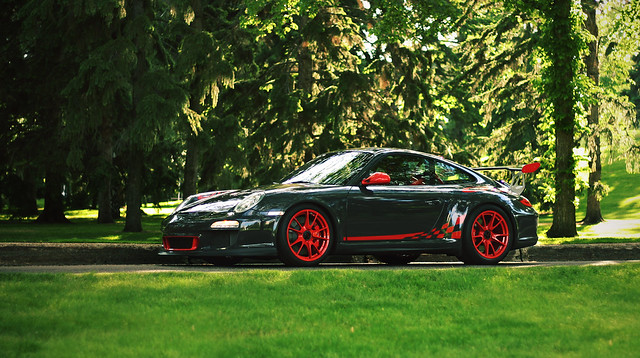
During this shoot, I got to know Cody a bit and discovered he's a down to earth fellow who appreciates what he has and takes nothing for granted. He has spent countless hours creating a masterpiece of a Z28 into his own. Without a doubt, blood, sweat and tears, maybe not so much tears, has been put into this car and it definitely shows.
The reason as to why Cody picked a Camaro Z28 as opposed to an import, was that the V8 " sounds pissed off ". There is a more personal side, with the muscle car scene dying a slow death around the turn of the century, He also wanted to " grab the last of the true F-body, the tail end of American Muscle Cars".
The reason as to why Cody picked a Camaro Z28 as opposed to an import, was that the V8 " sounds pissed off ". There is a more personal side, with the muscle car scene dying a slow death around the turn of the century, He also wanted to " grab the last of the true F-body, the tail end of American Muscle Cars".
Here are some specs on the car:
Engine:
It boasts an all aluminum 346 Cubic Inch (cu) 5.7L LS1. This is not a stroker, it is a precisely built LS1. It has around 450+ Rear Wheel Horsepower (RWHP). For engine modifications, this LS1 has a K&N Cold Air Intake, a Edelbrock 90mm Victor Throttle Body, a F.A.S.T. 90mm intake manifold, F.A.S.T 36 lb/hr injectors Texas Speed and Performance Stage 1 LS6 heads, Thunder Racing "Trex" camshaft, ARP connecting rod bolts, ported oil pump, and lastly a Manley double roller timing chain.
Exhaust:
Which high performance car would be complete without an exhaust system? This Camaro has 1 3/4 " long Hooker tubes with 3" collectors ending before the rear axle.
Suspension:
Cody figures, if he wants to keep his car on the road, why not use it's weight to do so? He has installed a front sway bar, a G2 adjustable lower control arm front and back, custom made weld in subframe connectors, joined by a BMR brace/driveshaft safety loop, BMR transmission cross member/torque arm, BMR torque arm, Eibach lowering Springs that sit on custom valved Bilstein Shocks in the front, stiffer performance Eibach lowering springs and Koni Adjustable shocks in rear.
Cody figures, if he wants to keep his car on the road, why not use it's weight to do so? He has installed a front sway bar, a G2 adjustable lower control arm front and back, custom made weld in subframe connectors, joined by a BMR brace/driveshaft safety loop, BMR transmission cross member/torque arm, BMR torque arm, Eibach lowering Springs that sit on custom valved Bilstein Shocks in the front, stiffer performance Eibach lowering springs and Koni Adjustable shocks in rear.
Shoes:
Just like humans, cars need proper footwear in order to move. What enables this Camaro to stick to the pavement are a set of Detroit Wheels C4 ZR1 replica 9.5"X17" in the front and 11"X17" in the back, shrouded around Toyo Proxes T1-S 275/40R17 are in the front and Mickey Thompson ET Street Radials 315/35R17 in the rear to put the power down.
I am fortunate enough to have had the chance to shoot this Camaro, and it was indeed a great pleasure. It is truly a great example of how the 20th century produced simplicity and fun in North American motoring. A big thank you to Cody for all the info and his time, and Leafy32 for giving me this opportunity. Keep shooting my friends. Ciao.
-MoroccanSpicePhotos
http://www.flickr.com/photos/moroccanspice/
Just like humans, cars need proper footwear in order to move. What enables this Camaro to stick to the pavement are a set of Detroit Wheels C4 ZR1 replica 9.5"X17" in the front and 11"X17" in the back, shrouded around Toyo Proxes T1-S 275/40R17 are in the front and Mickey Thompson ET Street Radials 315/35R17 in the rear to put the power down.
I am fortunate enough to have had the chance to shoot this Camaro, and it was indeed a great pleasure. It is truly a great example of how the 20th century produced simplicity and fun in North American motoring. A big thank you to Cody for all the info and his time, and Leafy32 for giving me this opportunity. Keep shooting my friends. Ciao.
-MoroccanSpicePhotos
http://www.flickr.com/photos/moroccanspice/














